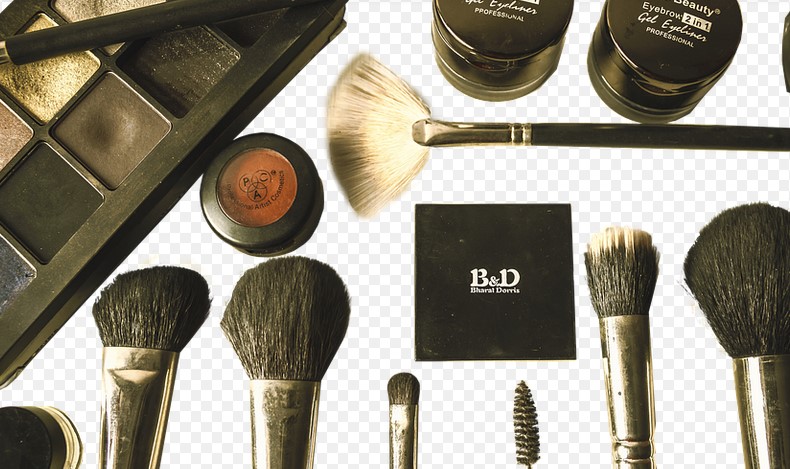The Backstory
In 2021, Amber Heard, known for her role in Aquaman, sparked controversy when she posted a painting of herself as Pinocchio on her social media accounts. The painting, created by artist Phillip Kremer, showed Heard with an elongated nose, a reference to her ongoing legal battle with ex-husband Johnny Depp. The painting quickly went viral, with some praising it as a clever and empowering statement and others criticizing it as insensitive and inappropriate.
The Artistic Value
Regardless of the controversy surrounding it, the painting has raised questions about the artistic value of such pieces. Some argue that art is meant to be provocative and stir up emotions and discussions, while others argue that there are limits to what is appropriate and respectful.
The Debate
The debate over the painting intensified when Heard announced that she would be auctioning off the original painting to raise money for charity. Many questioned the morality of profiting off a painting that some deem offensive and insensitive.
The Reaction
The reaction to the painting and Heard’s actions has been mixed. Some have applauded her for using her platform to raise money for a good cause, while others believe that the painting and its sale are in poor taste.
The Aftermath
The controversy surrounding the painting has sparked conversations about the power and responsibility that comes with being a public figure. It has also highlighted the importance of considering the impact of one’s actions and words on others.
The Lesson
In the end, the Amber Heard Pinocchio art saga serves as a reminder that art, like any form of expression, has consequences. It is up to the artist and the audience to determine what those consequences will be and what kind of impact they want to have on the world.
The Conclusion
As we move forward into a new year, it is important to continue having these discussions and to challenge ourselves to think critically about the art we create and consume. Only then can we hope to create a world where art can be both provocative and respectful, challenging and inspiring.

